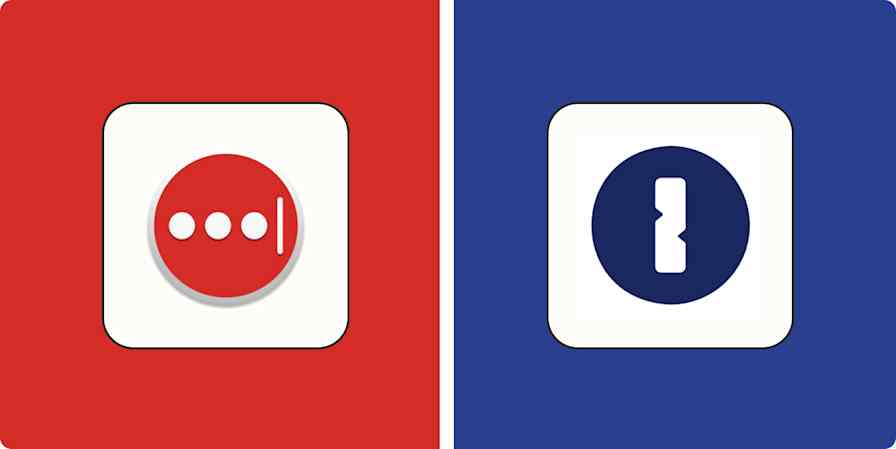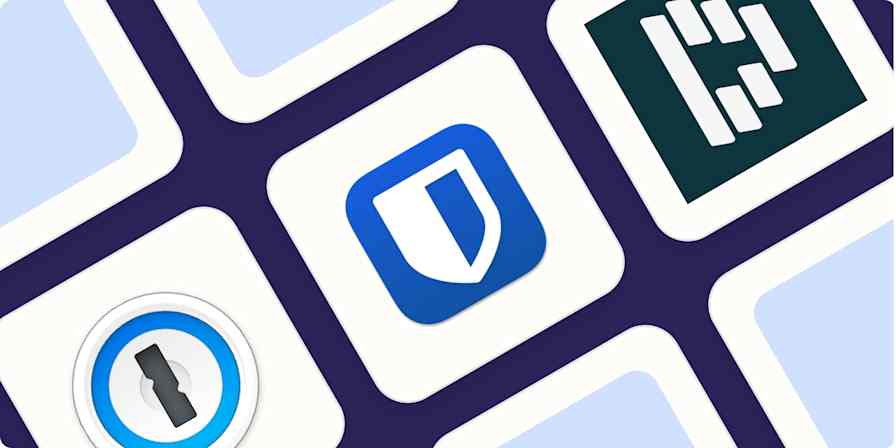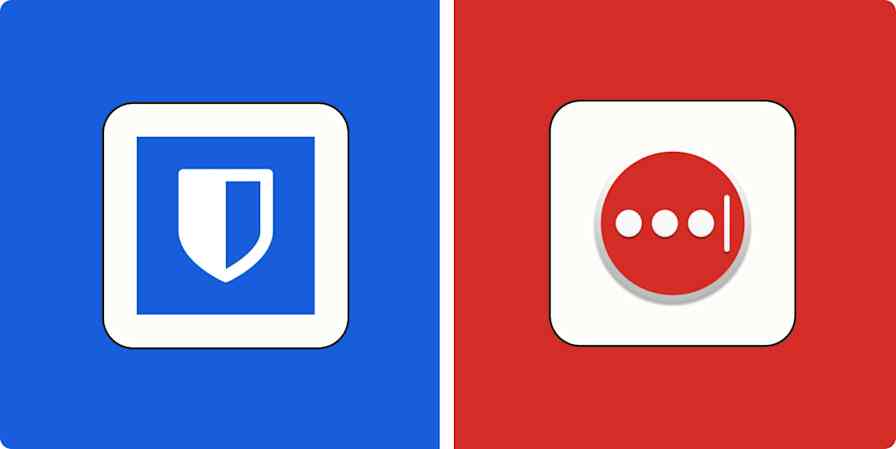Business tips
9 min read8 tools you need in your security stack as a freelancer
A look inside the security stack of a security-paranoid freelancer
By Elisa Silverman · January 7, 2022

Get productivity tips delivered straight to your inbox
We’ll email you 1-3 times per week—and never share your information.
Related articles
Improve your productivity automatically. Use Zapier to get your apps working together.








